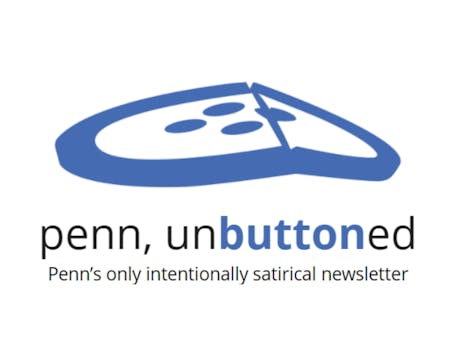Mark Selikson claims the University dismissed him after he advised telling federal investigators about radiation violations. A lawsuit filed against the University yesterday alleges that Penn fired its radiation-safety head last February for blowing the whistle on a Medical School professor's safety violations -- which may have included testing unsafe radioactive material on humans. Mark Selikson, who was hired as Penn's Radiation Safety Office director in 1988, accuses the University of flouting federal laws so it could reap millions of dollars in potential revenues from the professor's new magnetic resonance imaging technique. Selikson, 47, of Radnor, Pa., seeks unspecified compensatory and punitive damages in the suit, which was filed in Philadelphia Common Pleas Court. Yesterday, the University denied all charges. "It's the Catch-22 of all Catch-22s," said Bob Bedard, a spokesperson for the Philadelphia law firm of Willig, Williams & Davidson, which is representing Selikson. According to Bedard, Selikson faced the choice of doing his job -- ensuring compliance with radiation-safety regulations -- and being fired for it or allowing Radiopharmaceutical Science Professor Hank Kung to experiment on humans with untested radioactive chemicals. Selikson hasn't been able to find a job since the University fired him from his approximately $80,000-a-year position because of the stigma attached to such a dismissal, Bedard said. But accusing Penn of violating federal safety regulations is "despicable," University spokesperson Ken Wildes said yesterday. Selikson's firing was "based on [his] own conduct in the management of the Radiation Safety Office, not on any alleged whistle-blowing activity," Wildes added, though he would not elaborate on how Selikson's conduct caused his dismissal. According to the complaint, the saga began in fall 1994, when the U.S. Food and Drug Administration investigated Kung and discovered that he did not keep records or adequately test the radioactive chemicals he sent around the country in the course of his research. In March 1995, the FDA investigated Kung again and told Selikson the University should not have allowed Kung to make and ship the radioactive materials, the suit maintains. And in August, the FDA warned University President Judith Rodin about Kung's activities, prompting the University to resolve to stop shipping radioactive chemicals without notifying the agency in advance. Nearly a year later, the complaint states that Kung "impressed" research colleagues at the Society of Nuclear Medicine's annual meeting with images of a human brain made with an untested radioactive chemical other researchers had not yet been able to use because they were tied up performing preliminary safety tests. Kung may have injected himself with the chemicals in order to take the image, Bedard alleged. At that point, the suit states, Selikson formed a task force within the University to investigate Kung. He warned University administrators last November that Kung continued to disregard federal regulations, advising them to contact the FDA preemptively. But the University fired Selikson before he could alert federal regulators about the violations, charging him with mismanaging his department, improperly running a private consulting business and pirating software, according to the lawsuit, which disputes those claims. The University also threatened to fire members of Selikson's staff if they worked for his consulting business, the complaint states. Bedard didn't know how much money the University stood to make from Kung's magnetic resonance imaging technique, saying only that it was "millions and millions" of dollars. Kung declined to comment yesterday, referring questions to Health System spokesperson Lori Doyle, who referred questions to Wildes.
The Daily Pennsylvanian is an independent, student-run newspaper. Please consider making a donation to support the coverage that shapes the University. Your generosity ensures a future of strong journalism at Penn.
DonatePlease note All comments are eligible for publication in The Daily Pennsylvanian.




